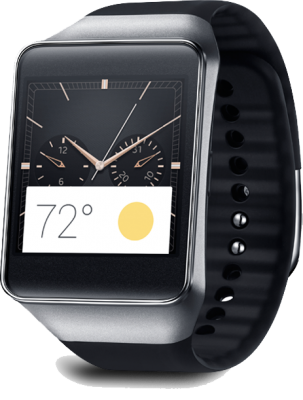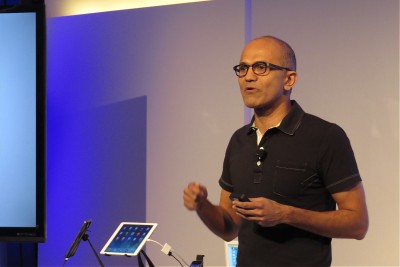
Samsung’s Gear Live smartwatch
Some product categories are easy to review. Smartphones? Until something comes along which redefines them as radically as the first iPhone did in 2007, it’s pretty obvious how to judge them, because there’s a general consensus on what sort of capabilities such a gadget should have.
Not so, however, with smartwatches.
Sure, scads of tiny computers you wear on your wrist have been released over the past couple of years, but the industry is still thrashing out what’s important: what features a smartwatch should have, what technologies it should use, what tradeoffs it should make involving size, weight, and battery life.
No two models reflect the same vision. And if you’re not yet convinced that the world needs smartwatches at all, you’re not alone.
With new smartwatches based on Google’s Android Wear software, however, the vision is pretty clear. Android Wear is all about rolling notifications from smartphone apps and features from Google’s excellent Google Now information service into a form which you can check without fumbling for your smartphone. (Google says that typical Android phone owners check their phones 125 times a day.)
The concept makes sense to me–not as an epoch-shifting gadget in the tradition of the PC, smartphone, and tablet, but at least as a worthy phone accessory for busy geeks. Judging from my time with it so far, though, the reality doesn’t yet live up to its potential.
Continue Reading →
 Why that Comcast rep wouldn’t let Ryan and Veronica just cancel. (Adrianne Jeffries/The Verge)
Why that Comcast rep wouldn’t let Ryan and Veronica just cancel. (Adrianne Jeffries/The Verge)





